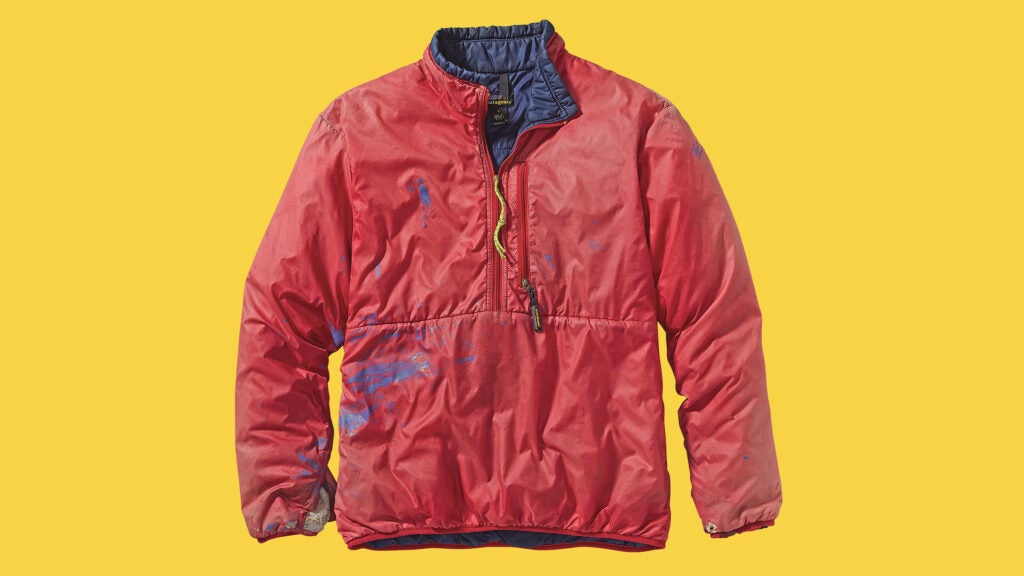No products in the cart.
Outdoor Adventure
Used Gear: What’s a Steal and What’s Best Left on the Shelf?
There seems to be more used-gear stores than ever these days, and I want to take advantage of the lower prices and environmentally conscious approach. But some of the items I’ve seen at my local shop look a tad suspect. How do I know what’s a steal and what’s best left on the shelf? —Cheap but Cautious
Dear Cheap: I applaud you. Buying from your neighborhood gear thrift shop demonstrates thoughtful resolve to combat the steady growth of miscellany cluttering our planet, not to mention an excellent way to save a few bucks while you’re at it. Personally, when I enter my local used-gear emporium, the sight of so much inventory from others’ past adventures makes my dopamine levels instantly skyrocket. It brings me back to the halcyon days of my youth, weighing my first big purchases so I could get into the backcountry. My head swivels every which way with anticipation: Backpacks are suspended from ropes across the ceiling. Ski poles jut out of reclaimed trash cans. Countless rows of boots line the shelves. Too many unearthed gems await my prying hands.
However, as enticing as it can be to stock your shed with gently loved treasures, the last thing you need is to find yourself deep in the wilderness with equipment or clothing that’s not holding up—or worse, not keeping you safe. As such, it’s paramount to keep an eye out for a few key indicators that a product has exceeded its life span.
First a warning: there’s a tempting category of used gear you should avoid purchasing altogether; this includes anything manufactured to save someone’s life or, at the very least, prevent serious injury. Think: helmets, ropes, life jackets, harnesses, and avalanche-safety essentials.
I don’t care how insistently these half-priced items call to you from across the room, their call is like a siren beckoning a sailor at sea. Even if such items appear to be in pristine condition, you simply don’t know their history. Once a helmet has hit the ground or a rock face with any force, or a rope has been exposed to the sun a little too long, the protection they offer decreases dramatically. Don’t let generously discounted price tags cloud your thinking. Your life is worth way more.
Now for the fun stuff. When it comes to soft goods—gloves, packs, etc.—be bold. Don’t let dirt, stains, snags, or small tears scare you. Much of it can be washed or mended. For holes in tents and jackets, Tenacious Tape ($5) might just be your new best friend. I’m also partial to the silver duct-sealing variety, which has done a bang-up job maintaining my seven-year-old ski gloves. If you don’t feel like you have the knowledge to pull off even simple repairs, a classic YouTube search should have you, say, stitching up torn backpack straps with nylon or polyester thread in no time.
My absolute favorite used gear? Well-worn sweatshirts and beanies. Truly, nothing elevates style like vintage clothing. So shoot for the moon. In fact, one of the most amusing things about sporting used gear is concocting the backstory for its battered state. To the admirer of your skis in the lift line: Oh, these old sticks? Yeah, I gouged the bases pretty bad on a bony day in October. Nobody needs to know you didn’t get out this season until February.
Of course, a discerning eye is important. If a sleeping bag is spilling its contents like there’s no tomorrow, skip it. (Also worth noting: avoid down products with insulation that appears clumpy, since down loses its capacity to insulate over time.) Skis and snowboards with bases beyond what a layer of p-tex can rehab should be passed over. Trekking, tent, or ski poles with visible cracks or discoloration are a no-no. If you’re unsure about a rain shell or tent, give it a sniff: anything intended to be waterproof that smells of mildew is beyond what a new layer of Nikwax ($13) can accomplish.
And one last thing, Cheap: ixnay on the used underwear; that’s a level of bravery none of us should aspire to.
Send your questions to deargear@outsideinc.com.
Source link

